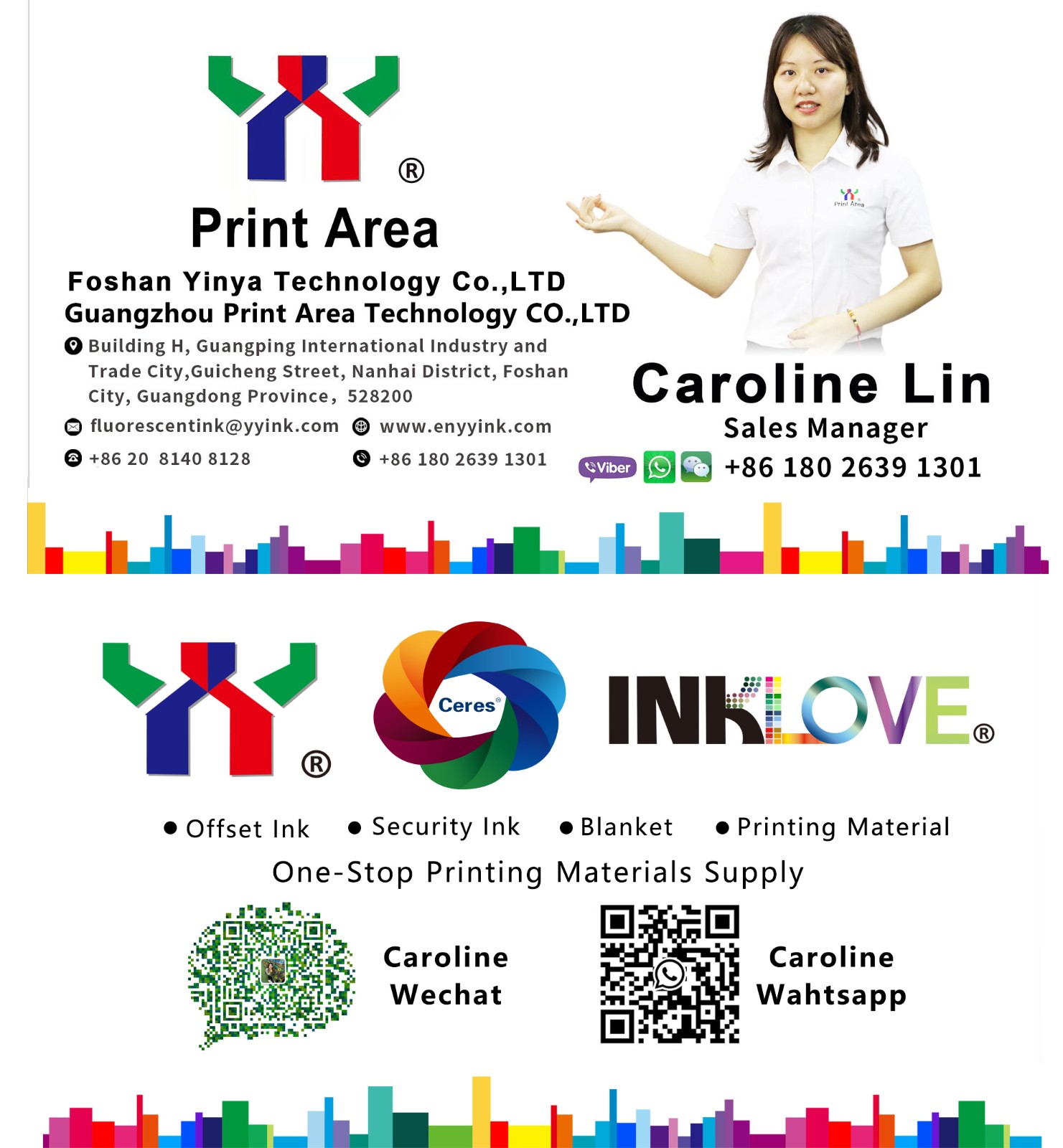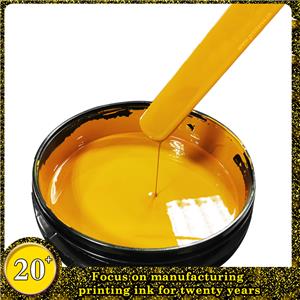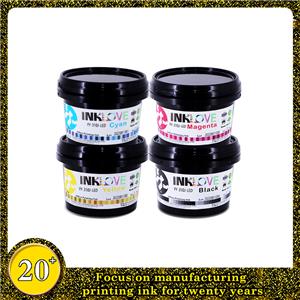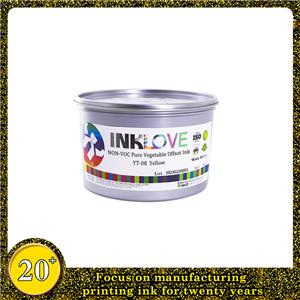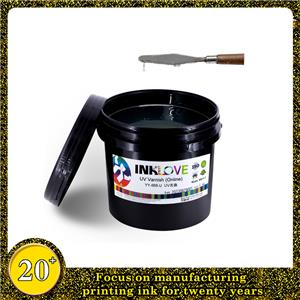Common Knowledge Popularization in The Printing Industry
In the production process of printed matter, there are usually five processes including selection or
design of the original manuscript, original plate production, printing plate printing, printing, and post-press processing. People often refer to the design of the original manuscript, graphic information processing, and plate making collectively as prepress processing, and the process of transferring the ink on the printing plate to the substrate is called printing. The completion of such a printed matter requires prepress processing, printing, Post-press processing and other processes. Today, Caroline from Print Area will take you to understand the common knowledge in the printing industry. I hope it can be helpful to you!

1. General terminology popularization in the printing industry
①Printing relative contrast
Refers to the K value, which is an important indicator to measure whether the solid density is sufficient, whether the dark tone level is clear, to judge the degree of dot gain and to control the contrast of the image tone;
②Color density
Measure the density of yellow, magenta and cyan ink respectively through red, green and blue color filters;
③ Gray balance
Refers to color combinations that can produce gray. In the RGB color space, the three colors of R, G, and B only need to be mixed in equal amounts to produce a neutral gray; while in the CMYK color space, due to the color cast of the four-color ink, equal amounts of the three primary colors of yellow, magenta, and cyan When the ink is overprinted with the same dot percentage, it cannot produce neutral gray;
④Print quality
The quality of printed matter refers to the comprehensive effect of various appearance characteristics of printed products;
⑤ Measurement and control bar
Select several main quality measurement items, design some standard images, and then combine them in a certain way to form a printing quality measurement and control bar;
⑥Dot increase
A phenomenon in which the dot size increases during the plate making and printing process, which causes the actual dot area of the printed matter to be larger than the expected dot area;
⑦ levels
Refers to the change of light and shade in the image, and for printing, it refers to the visually distinguishable density difference;
⑧ Paste plate
Refers to the phenomenon that the dark tone dots of the layout are enlarged and deformed, and are interconnected with each other, resulting in the loss of dark tone levels;
⑨overprint rate
As a physical quantity to measure the degree of ink overprint, it is used to indicate the ability of the back color ink to adhere to the previous printing surface. The higher the value, the better the overprint effect;
⑩ pattern
It means that during the printing process, the graphics and text dots on the printing plate gradually shrink, the high-profile parts of the small dots are lost, and the solid parts appear graying. The pattern reduces the printing resistance of the printing plate and affects the printing quality.

2. Common printing process science popularization in the printing industry
1. Laminating process
①Definition: The laminating process is a surface processing process after printing, also known as post-press laminating, post-press laminating or post-press filming, which refers to covering a layer of transparent film on the surface of printed matter with a laminating machine. Plastic film to form a product processing technology that combines paper and plastic. Generally speaking, according to the process used, it can be divided into two types: instant coating film and pre-coating film, and according to the different film materials, it can be divided into two types: glossy film and matte film.
②Function: The color of the printed matter is more vivid and the toughness is strengthened. The wear resistance, folding resistance, tensile resistance and moisture resistance of the printed matter have been greatly enhanced, which protects the appearance of various printed matters and improves the service life. The most worth mentioning is that lamination can make up for the quality defects of printed products to a great extent. Many appearance defects that appear during the printing process can be covered after lamination (especially after matte film).

2. UV Varnish, polished, varnish
①UV is to transfer UV varnish (a printing material, which you can understand as transparent ink) to the product through some printing method (such as silk screen printing, offset printing) to make it shiny and bright. The UV varnish can be applied to the entire printing plate, or only to the part of the designed pattern (partial UV varnish needs silk screen printing)
② Polishing: Apply a layer of colorless transparent paint on the surface of the printed matter, which can protect and increase the gloss of the printed matter after drying.

Print Area is professional in printing industry 20+ years.
Security Paper:Watermark Paper,UV Fiber Paper,Thread Paper
Security Ink:OVI,UV Invisible Ink,Magnetic Ink,Water Sensitive Ink,Watermark Ink,Glow in Dark Ink
Offset Ink:Soy Bean Offset Ink,UV Offset Ink
Printing Materials:PS Plate,Rubber Blanket,Underpacking Foil,Underpacking Paper.
Machine:Die Cutting Machine,Offset Machine,UV Flexo Machine,UV Coated Machine ect.
Please don’t wait and contact with
Caroline:+8618026391301(wechat & whatsapp avaliable.)
Email:fluorescentink@yyink.com
Web:www.printarea.cn
